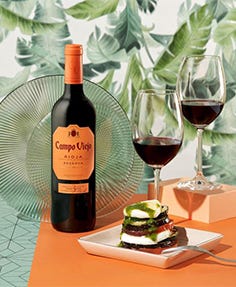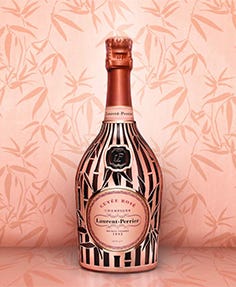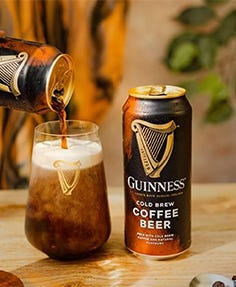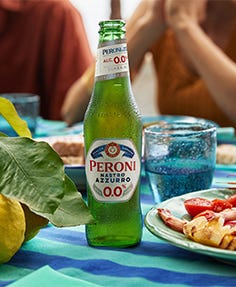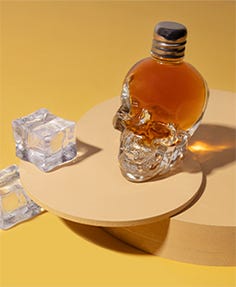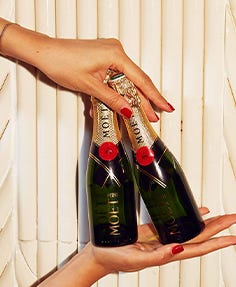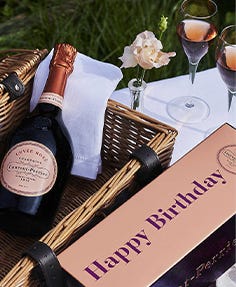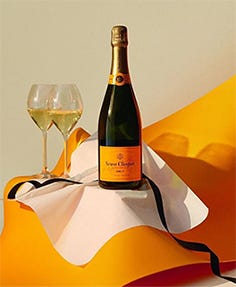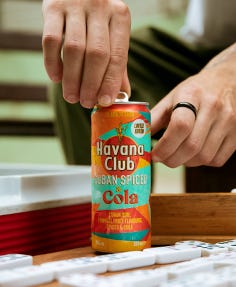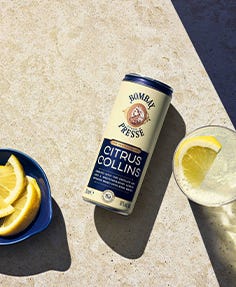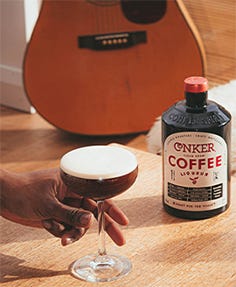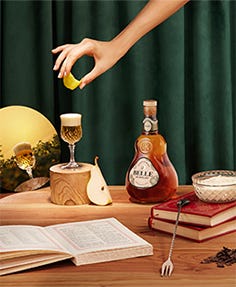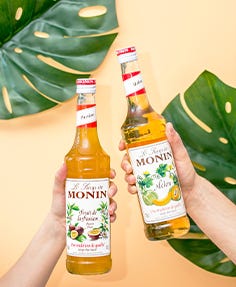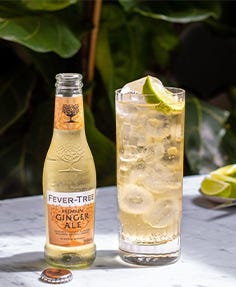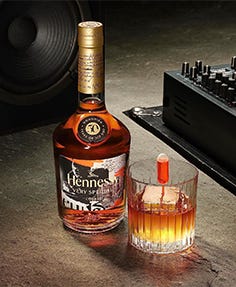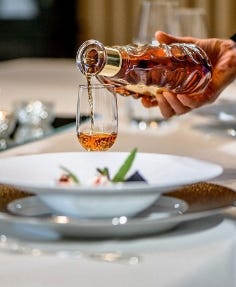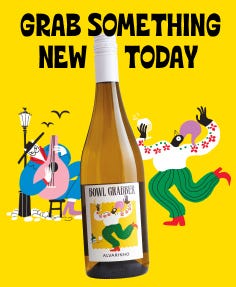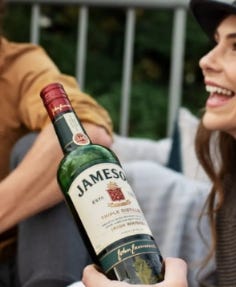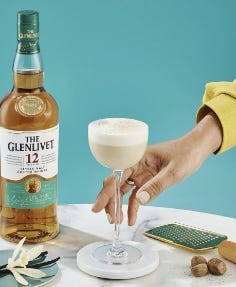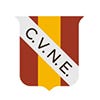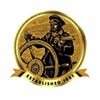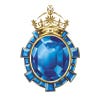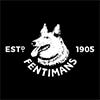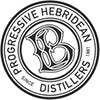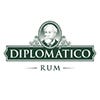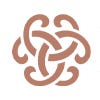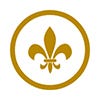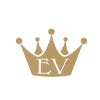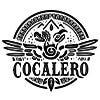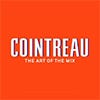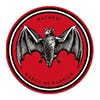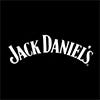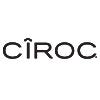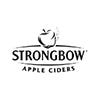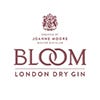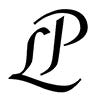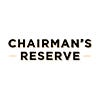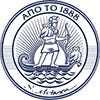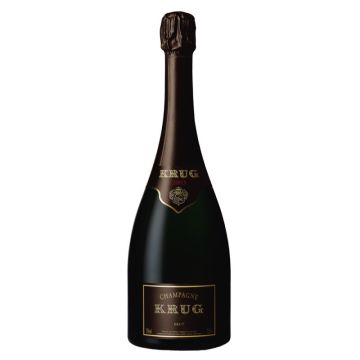In 1840 Joseph Krug met Hippolyte de Vivès, a highly regarded wine merchant in Reims. Over the next three years, the two undertook a secret but fruitful collaboration, testing new blends. This friendship became something of a trial run for the defining Krug approach. In 1843, with the support of de Vivès, Joseph Krug founded the House of Krug & Compagnie. At last he could pursue his dream: to create the very best Champagne every year regardless of variations in climate. To immortalize his vision, Joseph confided in the pages of a cherry-red notebook – his enduring testament which survives to this day at the House of Krug. As he wrote in the notebook, passing on his knowledge to his son Paul, he was convinced great Champagne could only be achieved using good wines, tasted separately plot by plot, from good vineyards. Terroir was crucial.
But there was one more key to unlock guaranteed undisputed quality: he needed to free the process from climatic moodiness. So he began to
build a reserve of wines, each made of grapes from a separate plot of land with its own specific character. It soon became an extensive mixing palette.
Determined to create the most generous expression of Champagne every single year, he drew upon his vast library of reserve wines to compose his prestige Champagne. In this way, whatever the weather, whatever the harvest, Joseph would always be able to create a Champagne abundant in nuances and of unequalled generosity.
His notebook refers to it as Champagne No.1. Krug Grande Cuvée was born.
It was a revolution. An approach beyond the notion of vintage. Joseph had turned his back on the accepted rules of Champagne making. Yet none could deny the exceptional richness, elegance and distinction he achieved in every Krug Grande Cuvée he elaborated.
From its very inception, Krug would be first in creating only prestige Champagnes every year, a still unique and defining trait of Krug to this day. "A good House should create only two Champagnes of the same quality", Joseph Krug wrote in his notebook; Champagne No.1, to be the fullest expression of Champagne every single year, and Champagne No.2, the expression of the circumstances of a particular year captured by Krug, and created only in the years where there is an interesting story to tell.
We know it today as Krug Vintage.It is a Champagne which is not a selection of the best wines of a superlative year, but the blend of beautifully expressive wines from the year.
As generations passed, Joseph’s original vision continued to be passed on, cherished and enhanced. In the 1970s, rosé champagnes were enjoying increasing popularity. Fifth generation brothers, Henri and Rémi Krug, decided to try an experiment. They worked on developing a rosé in authentic Krug style, inspired by Pinot Noir grapes. Finally, in 1983, Henri and Rémi Krug blind-tested the bouquet of this mystery drop on their father, Paul. Their father was alarmed. “We’re in trouble – somebody in Champagne is copying Krug!” Quickly reassured that this was indeed a Krug, he recovered his composure.
To their relief, he liked this bold new creation and gave his blessing to elaborate the House’s first Rosé Champagne. With delicate honey, citrus and dried fruit notes, Krug Rosé reveals a rare elegance in a rosé Champagne, able to confront full-flavoured dishes, being an alternative to red wine. A Rosé Champagne like no other.
The legacy of Joseph Krug lives on. It is a passion and a unique savoir-faire that have been handed down in a direct line from Joseph Krug to his son Paul, then Joseph II, Paul II, then his sons Henri and Rémi. Today, Henri’s son Olivier Krug represents the sixth generation.
It is what makes each bottle of Krug so precious.




